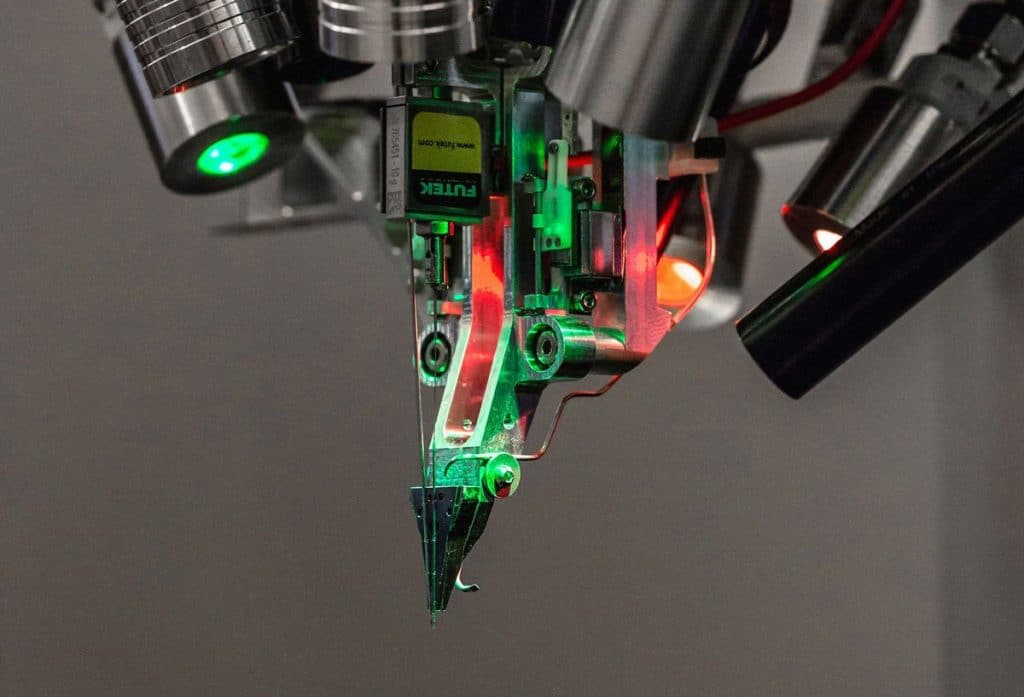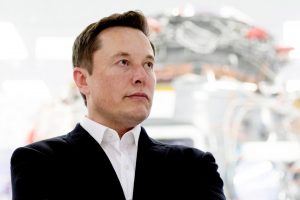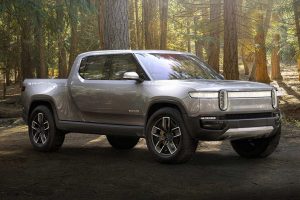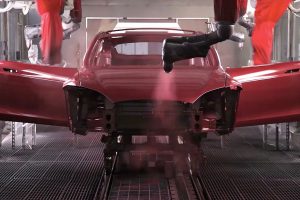Elon Musk is looking for a few good engineers to work for his company Neuralink, the brain-machine interface. In recent days, Musk has made remarks about the hunt on Twitter, even providing a direct email for the sending of resumes from interested applicants.
“If you’ve solved hard problems with phones / wearables (sealing, signal processing, inductive charging, power mgmt, etc), please consider working at engineering@neuralink.com,” he wrote. “Solving high-volume, high-reliability, low-cost production problems is especially valued.”
Over at Neuralink’s job board, the listings provide a bit more information about the available positions. Titles of electrical, embedded devices, firmware, microfabrication, and software engineering seem to be most applicable to comments made by Musk. However, given Neuralink’s mission cross-disciplinary nature, all positions are likely to contribute something to the wearable tech challenges cited above. Per job descriptions the most consistent feature desired in prospective applicants? “You find large challenges exciting and enjoy discovering and defining problems as much as solving them.”
Musk started his involvement with Neuralink in 2016, and while his goals are lofty, only a few insights have been given on the work of the company. Last year, a “white paper” was released along with a live streamed presentation in which viewers were treated to exciting revelations about the progress made by the biotech firm. In particular, a surgical robot is being built to insert electrodes into the brain along with flexible “threads” ranging between 4 and 6 μm or around 1/3 of the diameter of human hair, capable of transmitting large volumes of data from the brain. At present, Neuralink has four published patent applications which expand on the details of the presented technology.

Musk has promised even more advances which will soon be announced. “Wait until you see the next version vs what was presented last year. It’s *awesome*,” he tweeted this year in February. “The profound impact of high bandwidth, high precision neural interfaces is under appreciated. Neuralink may have this in a human as soon as this year. Just needs to be unequivocally better than Utah Array, which is already in some humans & has severe drawbacks.”
The technology being built is not really only intended to evoke fantasies of humanoid dystopias, the aim is based on health. Neuralink may help counter brain-related health problems in neurologically disabled people, potentially regain limb control, improve general mobility, overcome eyesight and hearing problems, and assist with diseases such as Parkinson’s. It is also possible that introducing a Neuralink system into a brain could pave the way to prevent brain disorders such as autism, Alzheimer’s disease and strokes.
Musk presentation last year was intended primarily to encourage and invite interested people to join Neuralink, and this year’s update is scheduled for August 28th. A mission statement for the lofty-goaled biotech firm was also announced alongside the date: If you can’t beat them, join them.
Want to buy a Tesla Model 3, Model Y, Model S, or Model X? Feel free to use my referral code to get some free Supercharging miles with your purchase: http://ts.la/guanyu3423
You can also get a $100 discount on Tesla Solar with that code. No pressure.





